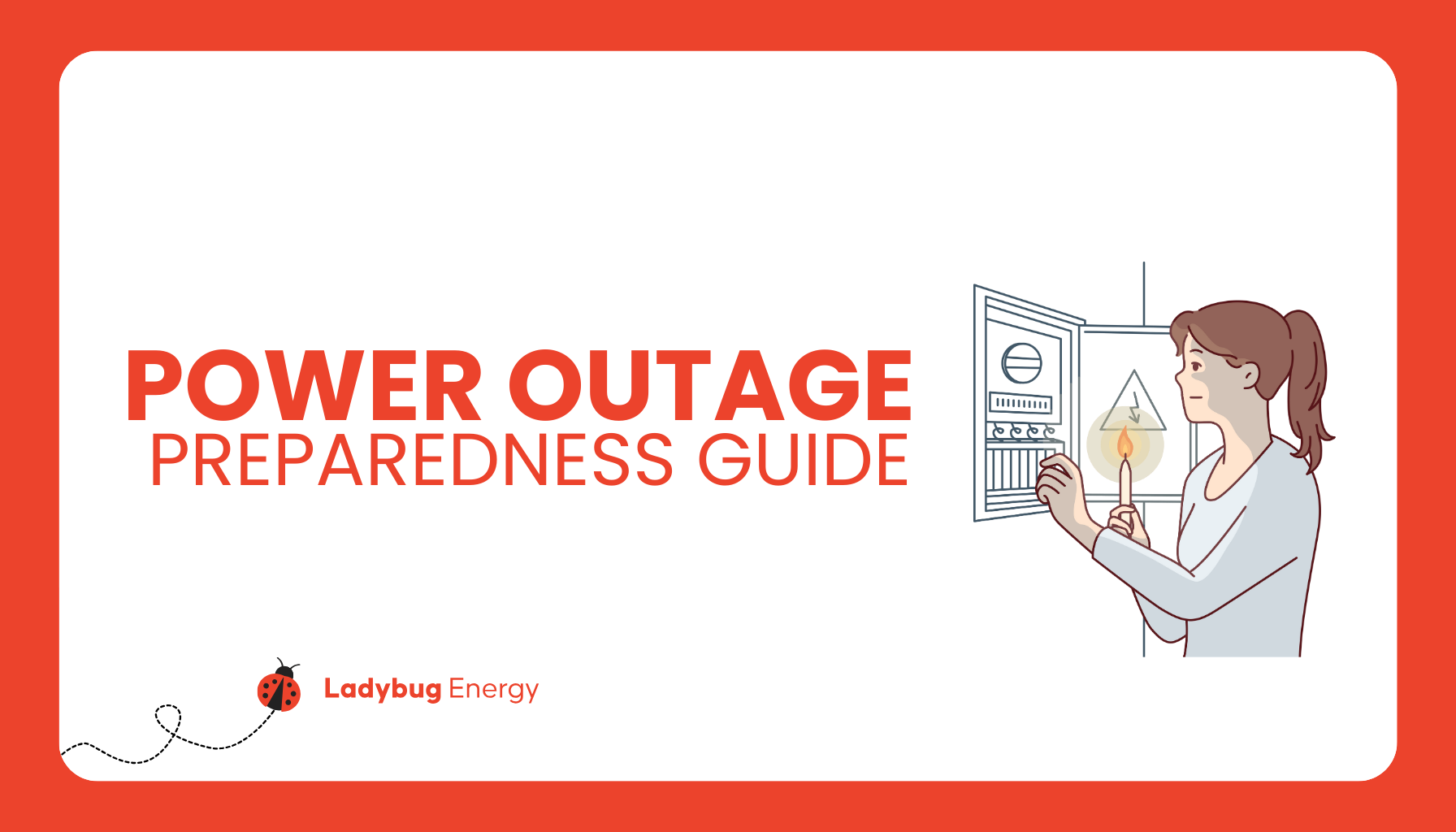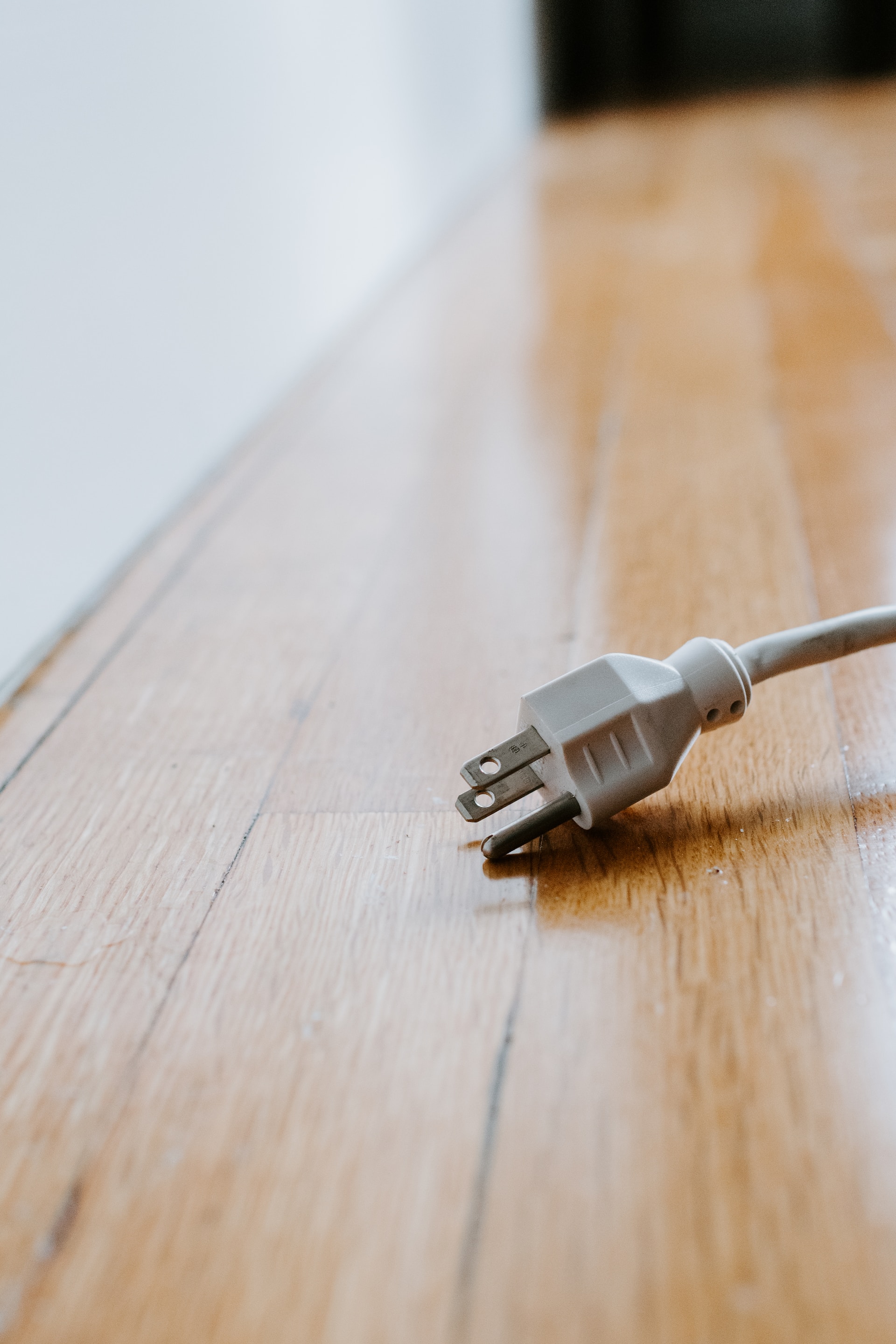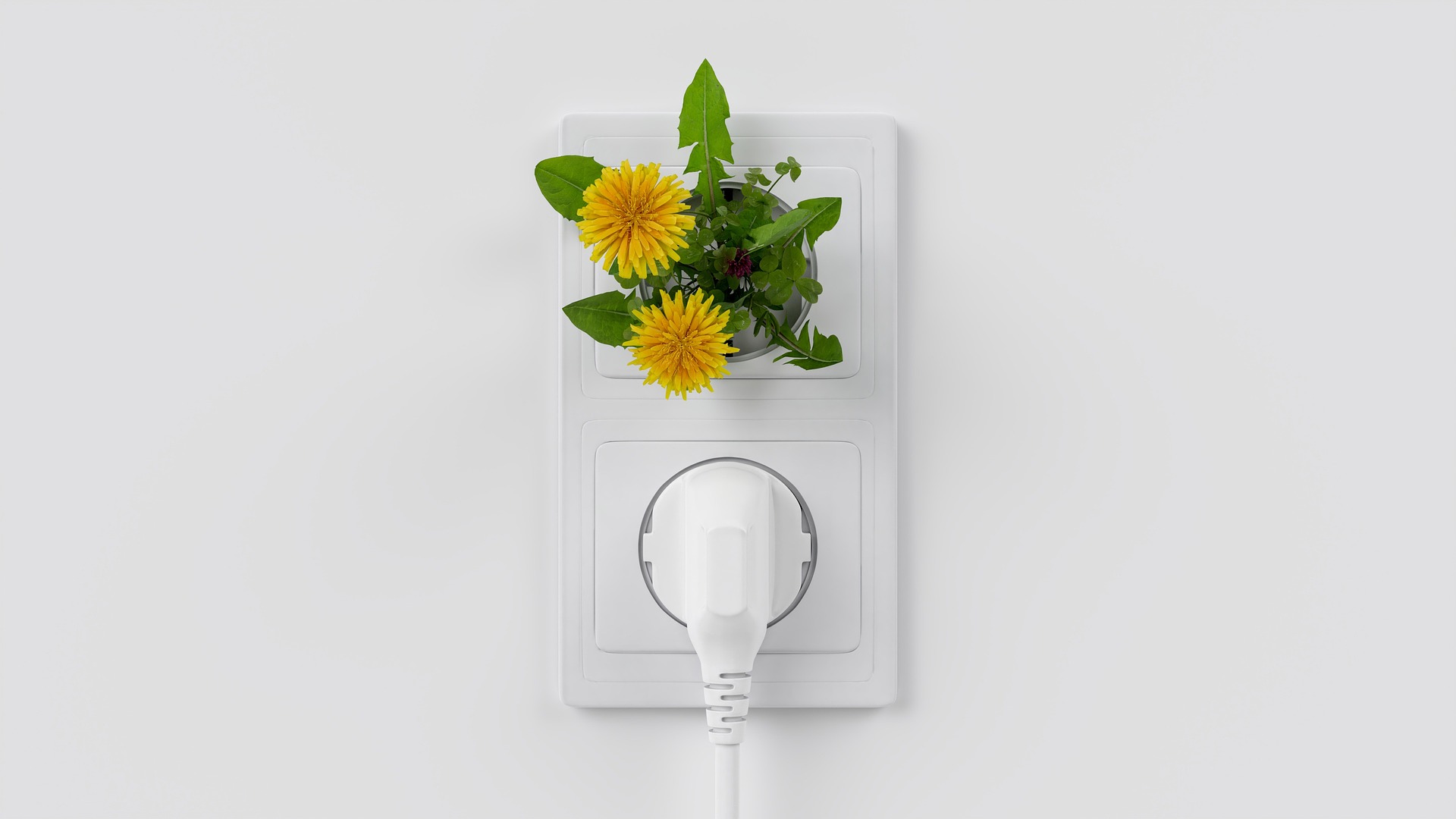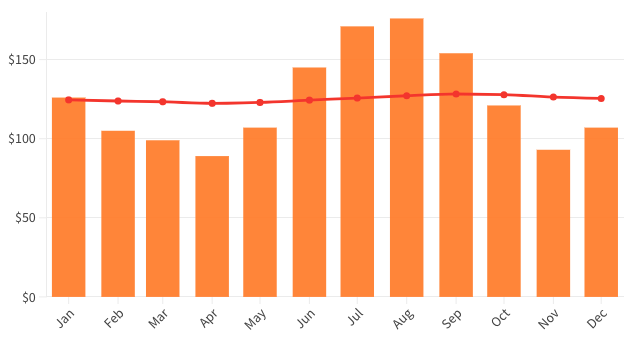
Three Years After Uri: How Texans Can Help Prevent Future Power Outages
Author: Maryon Suzuki
.png)
Introduction
2021’s Valentine's Day will be hard to forget for many residents of Texas. What seemed to be just a few days of intense cold and picturesque snow ended up being an unprecedented cold storm in the whole state, followed by a widespread outage of the electrical grid. The consequences were tragic: more than 200 deaths, an incalculable economic loss, and a big need to rethink the energy system.
Many improvements have been made on the Power Grid since then, such as the incorporation of more renewable and non-renewable energy sources, but the issue is complex and requires a lot of time to be completely solved.
The population of Texas is growing continuously, and the climate is getting more extreme. Due to these two factors, demand for energy and resilience is increasing. The power grid has been overcoming a number of tests quite well, such as ERCOT nearing an all-time demand record last summer. But on the other hand, we’ve also been asked to conserve energy when supply and demand were forecast to be tight weeks ago.
So… How can we, as Texas citizens, help improve the situation for both the community and our families or households?
Just because we are not legislators or decision-makers doesn't mean there's nothing we can do. We have the right and the duty to stay informed and to monitor what the authorities are doing, and to do our part to prevent a new crisis.
Today, Ladybug Energy has prepared this comprehensive guide on How Texans Can Help Prevent Future Power Outages. And, if we have the misfortune of experiencing another emergency, how we can be prepared to minimize its impacts and effects — both in the community and in our homes. Let’s get started!
Section 1: Prevention

One of the most complicated aspects of the 2021 electricity crisis was how unexpected it was for the population to face such an unprecedented challenge. Practically, no one was prepared or had sufficient information to deal with the situation. Knowledge and certain good habits can help mitigate the consequences and allow you to go through a potential power outage in a safer way!
1. Stay informed directly from ERCOT’s TXANS

The most simple and effective way to stay informed about potential extreme weather events in Texas is to register in the Texas Advisory and Notification System (TXANS), a community notification system that ERCOT created in 2023.
There are initially two types of warnings to pay attention to:
- A Voluntary Conservation Notice is a call for Texans to voluntarily reduce energy usage during peak demand periods, if it’s safe to do so.
- A Conservation Appeal is an elevated request for Texans to reduce their energy use during peak demand periods where there is a potential to enter emergency operations due to lower reserves. Help from Texans to conserve electricity use, if it’s safe to do so, will assist grid reliability. ERCOT will continue to monitor conditions and update the public.
Remember that, as ERCOT CEO Pablo Vegas said at a press conference in 2023, "All of the new notices that we are releasing at this point - the weather watch, as well as the voluntary conservation - are at times when the grid is in stable and normal conditions."
A third type of warning would be:
- An Energy Emergency Alert (EEA), with three possible levels. In all of those cases, it is extremely important to follow the official guidelines, stay calm and apply the performed preparations.
Other ways you can stay informed of weather conditions:
- Monitoring the Supply and Demand board.
- Checking Current Grid Conditions.
2. Prepare your Emergency Supply Kit

Be sure to organize an Emergency Supply kit with as many of these items as possible:
- Essential, non-perishable food that requires no refrigeration or cooking. Examples: ready to eat canned meats, canned fruits and vegetables, protein or fruit bars, dry cereal or granola, peanut butter, dried fruits, nuts, crackers. For more ideas, check this short recipe book on no-energy cooking with kids!
- Manual can openers, as those powered by batteries may add a point of failure in your kit.
- Pet food, where necessary.
- Plenty of safe drinking water.
- Candles and matches. When using them, be mindful of fire hazards.
- Battery powered flashlights and radios (or a gadget like this one, that fulfills several functions at the same time).
- Extra batteries, especially if your essential devices are battery-powered.
- First aid kit. You can build one by yourself or buy one of the multiple available premade options.
- If you or your family have any medical conditions, it’s essential to have surplus medicine. It’s really important to have a plan If you use power-dependent medical devices or if you must refrigerate medicine. If you have concerns, you should ask your doctor for advice on your next visit!
- A reserve of cash. A little can go a long way if digital payment systems become unavailable.
- Paper copy of your main contact list. Friends, family, relatives, and anyone else who should know about you.
Special tips
- Have a plan with family and close friends on how to communicate with each other in case of an emergency. Assigning an emergency contact is also a good idea.
- You can even have a designated meeting place. It won’t always be possible to reach it, but it’s better than to not have one at all.
- If you or someone in your household is a person with special needs or a disability, there are specific recommendations on this site.
3. House preparation and improvements

Simple habits like turning off lights when not in use, using appliances during off-peak hours, and reducing the thermostat setting by a few degrees can have a significant impact.
But there’s a lot of things we can do to make our homes more efficient. Here are some ways you can improve your house in order to reduce the power and gas consumption and protect it from the extreme weather events:
- Insulate Your Exposed Water Pipes: When water freezes it expands and may cause pipes to burst. There are many ways to achieve this, this video showing one of them. Be sure to select the one that is correct for your type of pipes.
- Upgrade Insulation in General: If you have the chance, improve the insulation of your home’s attic, walls, and floors. Proper insulation keeps your home warmer during the winter and cooler during the summer, reducing the need for excessive heating or air conditioning.
- Energy-Efficient Windows: Consider installing double-glazed or energy-efficient windows. They can significantly reduce heat loss during the winter and heat gain during the summer, thereby cutting down on heating and cooling needs.
- LED Lighting: Replace incandescent or fluorescent bulbs with LED lights, which use less electricity and last longer.
- Smart Thermostat: Install a smart thermostat that can optimize heating and cooling schedules based on your routine, thus avoiding unnecessary energy usage.
- Seal Leaks: Check for and seal leaks around doors, windows, and other openings. Even small drafts can lead to a significant increase in heating and cooling needs (more information here).
- Understand Your Heating System: Depending on the type of heating your home employs, some tasks may benefit your energy efficiency, while others may actually hinder it. You can learn more about this here.
- Energy-Efficient Appliances: When it's time to replace old appliances, choose energy-efficient models. Look for the ENERGY STAR label, which indicates high efficiency.
- Solar Panels: If feasible, install solar panels. They can reduce your grid reliance by generating renewable energy for your home. At the same time, any surplus energy you generate can be sold back to the grid, to the benefit of all.
- Wind turbines: There are innovative and compact wind turbines for homes, as you can see in the second episode of our podcast! Together with solar and an adequate set of batteries, they reduce your footprint and improve your electrical independence.
- Water-Saving Fixtures: Install low-flow or aerator showerheads and faucets to reduce hot water usage, which in turn lowers the energy required to heat water.
- Programmable Power Strips: Use programmable power strips for electronics, which can reduce 'phantom load' – the energy used by electronics when they're turned off but still plugged in.
- Regular Maintenance: Regularly maintain your heating, ventilation, and air conditioning systems, as well as household appliances to ensure they are running efficiently.
- Consider ERCOT’s Energy Saving Tips: You can find them in this link.
Section 2: During An Outage

4. How To Act During An Outage Or Energy Restriction Notice

An energy restriction notice doesn’t necessarily mean that there will be a prolonged outage. To ensure you’re fully prepared and acting responsibly, consider these tips:
- Stay Calm: As difficult as it may be, you will need to remain clear headed. Staying calm is the first step to make the best decisions during the outage.
- Unplug appliances and electronic devices to protect them from electrical surges.
- Identify the location of your primary water valve so you can shut off your water supply during emergencies, such as when a pipe bursts due to extreme weather.
- Store water in bathtubs as a reserve. You can use this to flush your toilet, or for other needs.
- Preserve Heat: by closing off unused rooms, dressing in layers, and using blankets.
- Check on Neighbors: Especially those who are elderly, have young children, or have special needs.
- Traffic Caution: Remember that traffic signals may be out. Be cautious at intersections.
- Energy Conservation: During energy limitations, conserve energy by minimizing the use of appliances and electrical devices.
- Stay tuned to ERCOT’s announcements: https://www.ercot.com/txans
- It is not recommended to use a gas stovetop or oven to heat your home, due to carbon monoxide poisoning risk. If you do, ensure functioning carbon monoxide detectors are placed on each floor of your house. Carbon monoxide, an invisible and odorless gas, poses a lethal risk to you, your family, and your pets.
- Seek shelter at a powered community facility in cases of severe heat or cold.
If you have a generator:
- Adhere strictly to the guidelines provided by the manufacturer.
- Operate exclusively outside, at least 20 feet away from windows, doors and attached garages. The same applies with camp stoves or charcoal grills.
- Maintain a dry environment for the generator and shield it from rain or floodwaters. Contact with a wet generator or any equipment linked to it can lead to electrical shock.
- Always use heavy-duty extension cords to connect appliances to the generator.
- Allow the generator to cool down before adding fuel. Spilling fuel on hot engine components can cause a fire.
- More detailed information about generators can be found on this page by the American Red Cross Foundation.
Section 3: Being Part Of The Solution

Learn. Discuss. Choose an area and educate yourself about it. Engage with the community and chat with your friends and colleagues. The right to choose comes with the responsibility of being a part of the conversation.
We found some energy, climate and environmental reporters you can follow to stay informed:
To conclude, the collective effort of Texans, from individual preparedness to community engagement, plays a crucial role in enhancing the resilience of the state's power infrastructure. By staying informed, preparing for emergencies, and adopting energy-efficient practices, we as citizens can contribute significantly to preventing future outages and ensuring a reliable energy system for Texas.
Let's embrace our responsibilities and opportunities to build a stronger, more resilient community! It’s our wish from the whole Ladybug Energy team!
Sources:

July 4, 2025
Energy Independence Starts at Home: 4 Ways to Declare Your Personal Freedom from High Bills This Fourth of July

July 1, 2025
A Beginner’s Guide to Commercial Electricity in Texas: Rates, Contracts & Smart Shopping

June 24, 2025
Transmission vs. Distribution: How Electricity Gets to Your Texas Home

June 20, 2025
How Smart Home Security Systems Affect Your Energy Usage

June 17, 2025
Navigating Bill Assistance Programs in Texas: Your Guide to Keeping the Lights On

June 13, 2025
The Smart Texan’s Guide to Beating the Heat: Budget-Friendly Home Upgrades

June 3, 2025
Hurricane Season in Texas: How to Prepare for Power Outages

May 29, 2025
No AC? No Problem: How to Stay Cool During a Heatwave Without Air Conditioning

May 27, 2025
Battery Storage at Home: Are They Worth It?

May 23, 2025
Record May Heat in Texas 2025: What It Means for Your Summer Energy Bills

May 20, 2025
The Rising Popularity of EVs: What It Means for Your Electric Bill

May 16, 2025
Beat the Texas Heat: Summer AC Hacks That Save Money

May 13, 2025
ERCOT: The Heart of Texas Electricity

May 9, 2025
Texas Electricity & Oil: A Symbiotic Power Play?

May 6, 2025
How Demand Response Programs Help Texans Save on Electricity

April 25, 2025
Texas Microgrids: Energy Independence for Communities

April 17, 2025
The Truth About Phantom Loads: How Standby Power Is Draining Your Wallet

April 8, 2025
Texas Power Market 101: A Simple Guide to Deregulation and REPs

April 4, 2025
How to Perform a DIY Home Energy Audit and Cut Your Utility Bills

March 31, 2025
Smart Tips to Lower Your Electricity Bill

March 28, 2025
Net Metering in Texas: Getting Paid for Solar?

March 25, 2025
Time-of-Use Electricity Plans: Are They Right for You?

March 18, 2025
Green Energy 101: Decoding Renewable Electricity Plans

March 14, 2025
Upgrading to a Smart Thermostat: Why You Should Do it and What You Need to Know

February 24, 2025
Power Play: A Step-by-Step Guide to Estimating Your Home's Electricity Usage

February 18, 2025
The Hidden Costs of Electricity: Understanding TDSP Fees and Their Impact on Your Electricity Bill

February 3, 2025
How Weather Impacts Energy Prices: Understanding the Connection

January 31, 2025
Fixed-Rate vs. Variable-Rate Electricity Plans in Texas: Which One Is Right for You?

January 22, 2025
The Datacenter Boom in Texas: Impact on Consumers and Energy Markets

January 21, 2025
How to Lower Your Electricity Bills and Save Big

January 17, 2025
Everything you need to know about Texas Retail Electric Providers (REPs)

December 23, 2024
10 Common Energy and Electricity Myths Debunked

December 18, 2024
How the Texas Electric Grid Works: Key Differences and Insights

December 13, 2024
Smart Plugs Explained: The Ultimate Guide

December 10, 2024
Understanding Your Electricity Bill in Texas: A Comprehensive Guide

December 4, 2024
Winter Energy Savings: Tips to Lower Your Electricity Bill

November 27, 2024
Your Power To Choose: Setting Up Electricity Service and Switching Providers in Texas

September 24, 2024
Understanding Electricity Deposits: Why They Exist and How to Avoid Them

August 15, 2024
Surviving the Texas Heat Waves: Power Grids and Staying Cool

February 26, 2024
Power Outage Preparedness: A Complete Guide

January 11, 2024
Best Energy Saving Devices for Your Home: From Smart Tech to LED Bulbs

November 28, 2023
How to Read an Electricity Facts Label (EFL)

September 12, 2023
How Long Can a Landlord Leave You Without Electricity: What Tenants and Landlords Need to Know

August 21, 2023
Childproofing Electricity: A Parent's Guide to Safeguarding Kids from Electrical Dangers

July 19, 2023
Does Closing Off Rooms Save Heat? An Energy Efficiency Discussion

July 19, 2023
Is Average Billing Really Worth It?
May 23, 2023
ESID Lookup in Texas
March 2, 2023
Texas PUC - How Does It Affect My Electricity Bill?
January 26, 2023